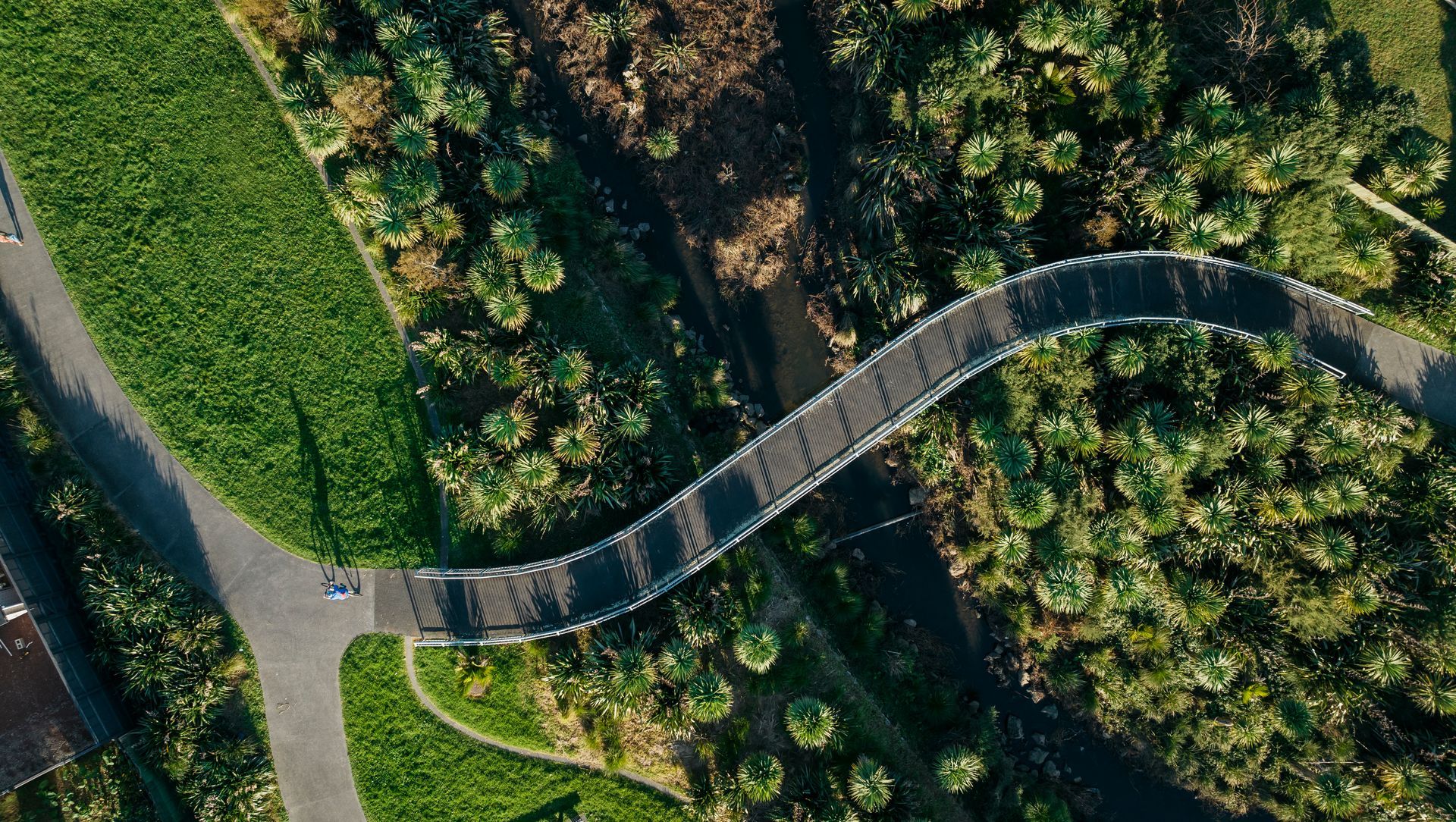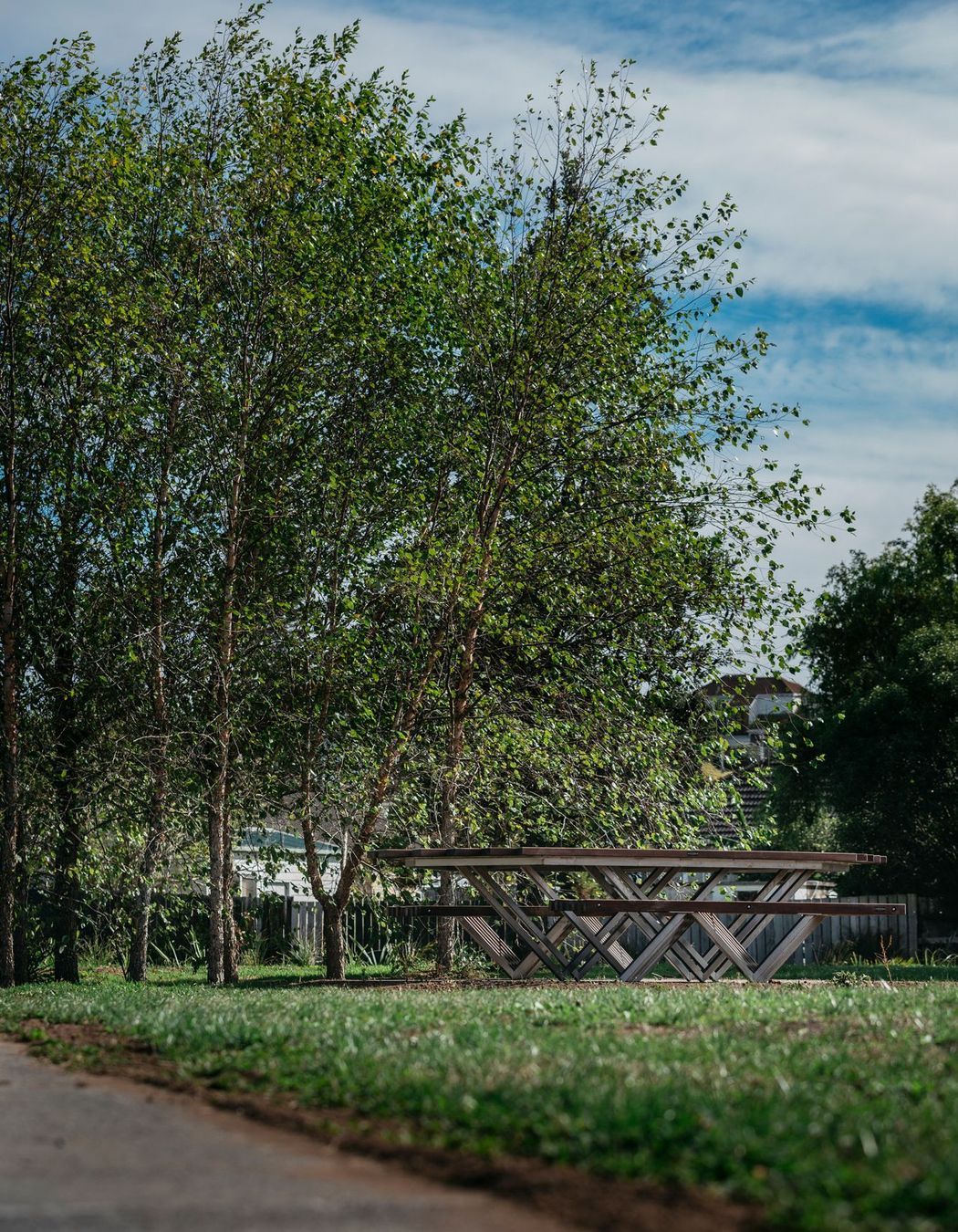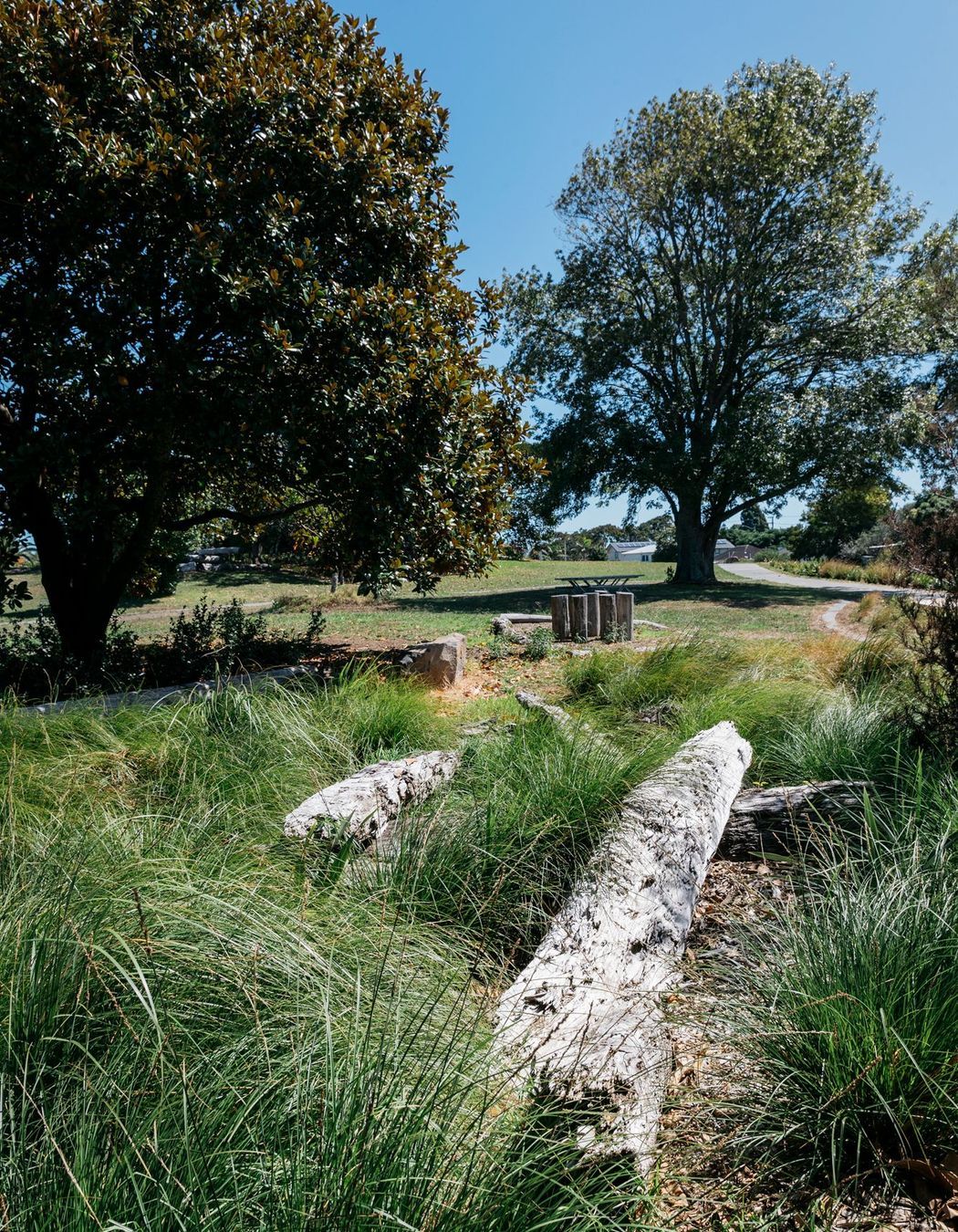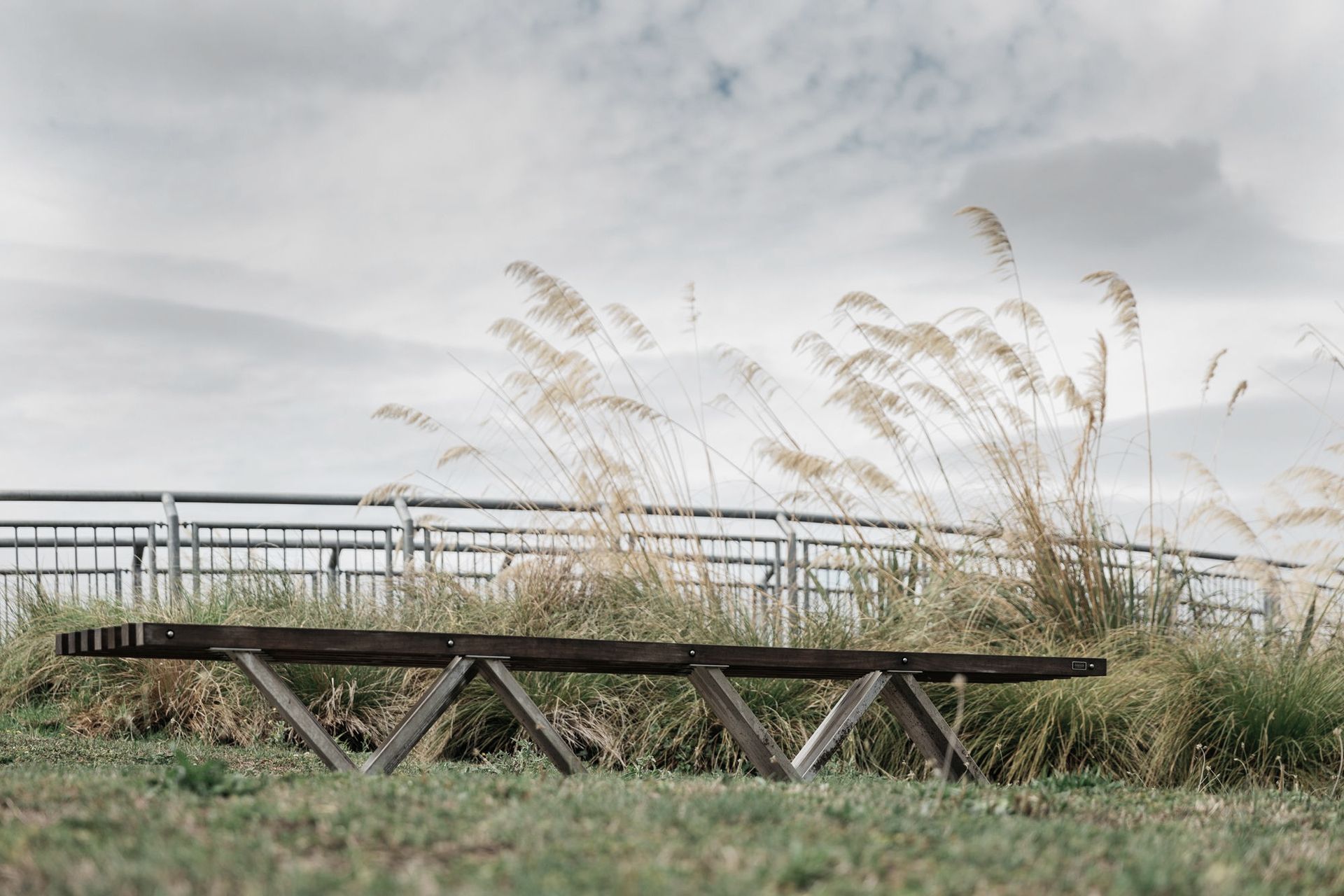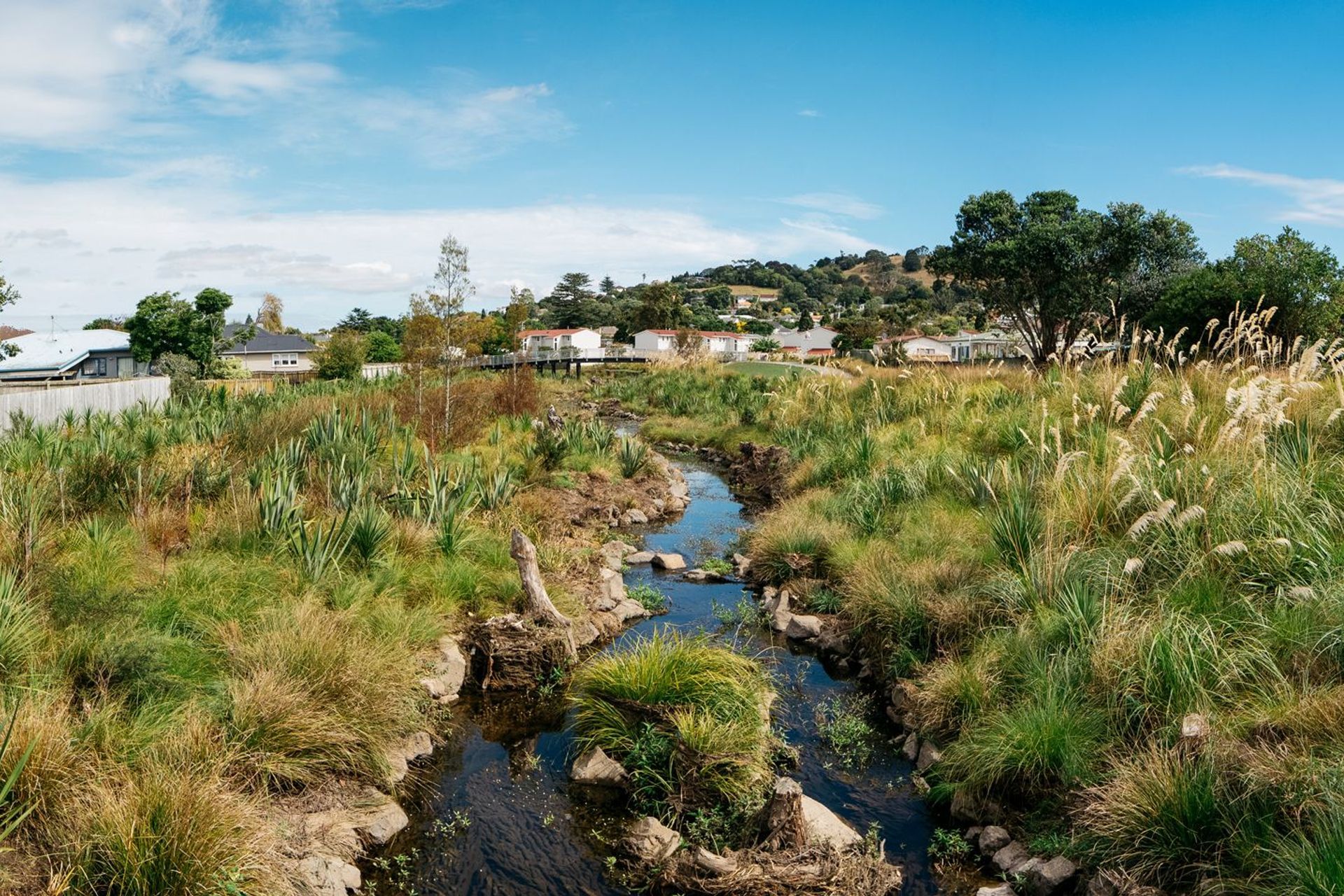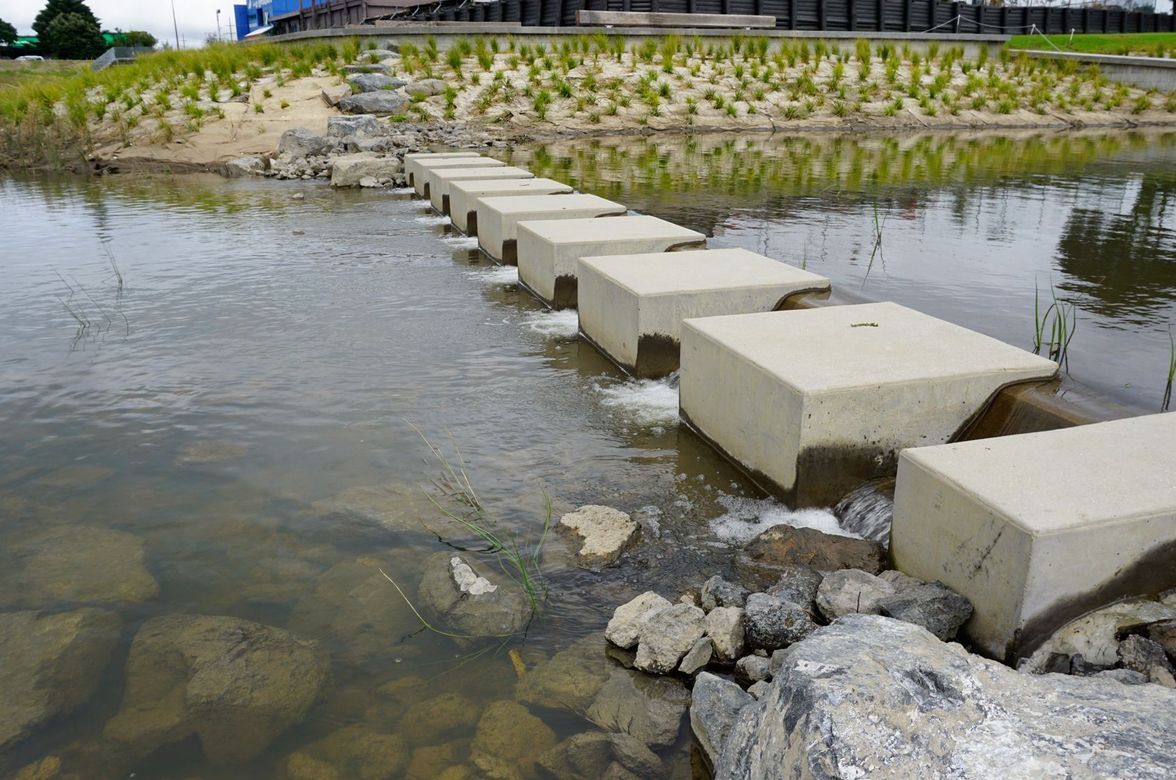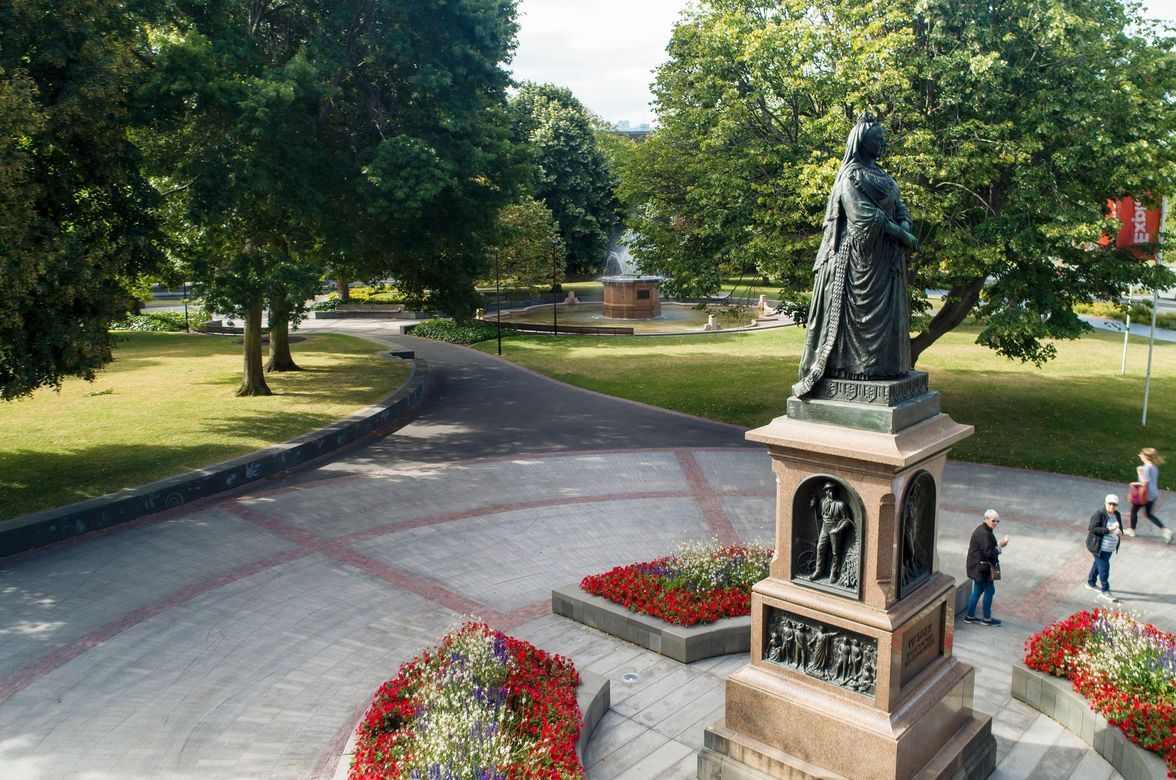Te Auaunga is a stream restoration project that prevents flooding from nearly 200 homes in three Local Board areas, enables housing intensification in a brownfield site, and established a river park along Te Auaunga (Oakley Creek).
The project restored 1.5km of Te Auaunga, daylighted seven piped tributaries, restored eight hectares of open space, and treated the water quality of the contributing catchment. Community amenities were added, including shared pathways and pedestrian bridges, community orchards, an outdoor classroom, and community fale and atea space. Natural play areas were introduced, with ngā taonga tākaro to interpret the environmental and cultural narratives of the site.
Boffa Miskell were Design Lead for planning, consent, and design. We were also the project Design lead, Landscape Architect, Ecologists, and Streamwork Designer. Our role continued through 18 months of construction supervision.
The collaborative design was undertaken with mana whenua, the local community, local government and other stakeholders. This was facilitated through design workshops, a community liaison group, governance meetings, public open days, and school workshops to ensure all views were considered within the project objectives and final design.
At the start, Te Auaunga was typical of many channelised urban streams with mown grass and pockets of exotic trees. Historically, Te Auaunga meandered through Wai o Rakataura, a very large wetland, formed by the confluence of lava flows from Puketāpapa and Owairaka. Archaeological records indicate ongoing Māori settlement near Te Auaunga and farming by early pioneers. The area was developed as a public housing estate from the 1950s.
Residents today represent a new generation of New Zealanders, with over half born overseas. The community are challenged by high scores for socio-economic deprivation, which is likely to be directly attributable to flooding and sewer overflows in the catchment. Additionally, the area has the lowest level of open space per head of population in the Auckland Region.
Despite poor ecological values in the project site, the stream’s location within two Reserves provided significant potential for enhancement. The restitution of the original stream-wetland system provided an opportunity to attenuate flooding while also treating urban stormwater. The remedy of these issues along with upgrades to open space is expected to significantly improve living conditions for residents. The local community will ultimately experience the long-term positive impacts made possible by this infrastructure project.
In accordance with the aspirations of Mana Whenua, the entire adjacent contributing catchment was treated, through gross pollutant traps, floodplain and tributary wetlands, swales, and rain gardens. The restoration of Te Auaunga and Wai o Rakataura is a missing link that connects coastal habitats to hill-country environments, across diverse geologies and hydrologies.
Te Auaunga was the first flagship project of the unified Auckland Council, who chose Landscape Architecture to lead the work. It introduced new aspects of play through natural and traditional approaches, and successfully delivered a large-scale bioengineering project led by landscape architecture in a large urban catchment.
In addition to physical improvements to the stream and reserves, the project delivers many social benefits to the community, including a local plant nursery employing disadvantaged youth and long-term unemployed, and apprenticeships on a work-to-employment scheme. These initiatives fostered community place-making and development and gave a voice to local community aspirations.
Te Auaunga restored the environment, to provide for the community. The project relied on the innovative use of natural and renewable resources to achieve holistic benefits. Te Auaunga demonstrates effectively working across disciplines, and with technical groups and stakeholders, to deliver a large-scale bioengineering project with enhanced community outcomes.
Project team
Worked with
- Aecom
- Auckland Council
- Filipe Tohi
- Fulton Hogan
- Harko Brown
- Kaitiaki for: Te Kawerau a Maki; Ngāi Tai Ki Tāmaki; Ngāti Tamaoho; Te Akitai, Waiohua – Tāmaki; Ngati Te Ata; and Ngāti Whātua Ōrakei
- McCoy + Heine Architects
- WEC


